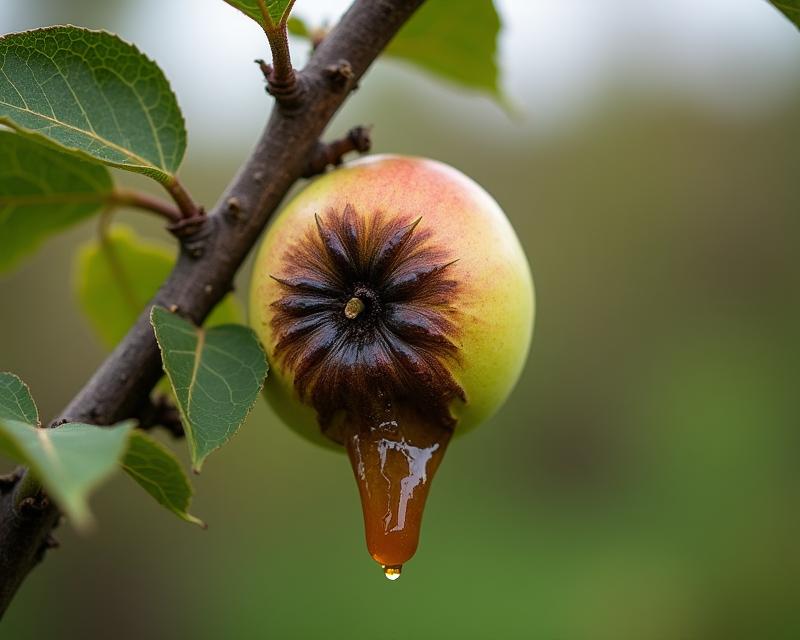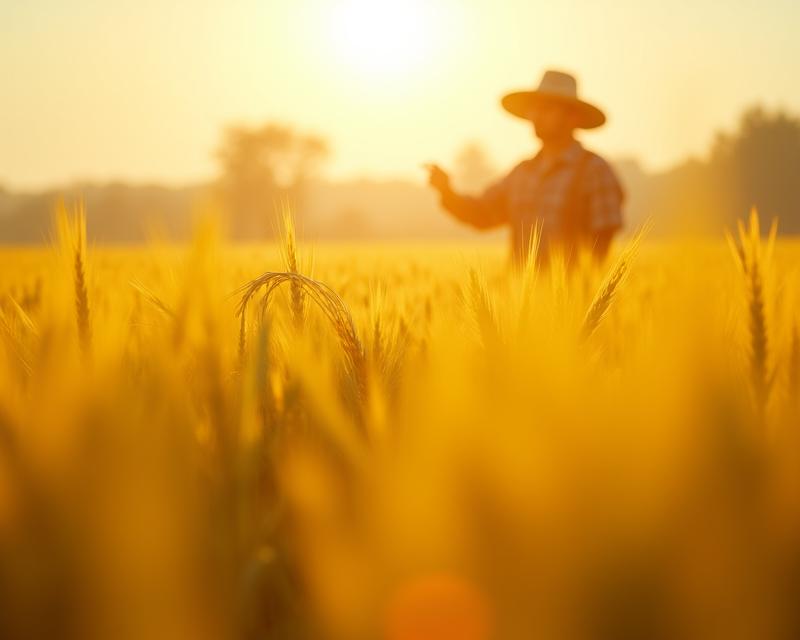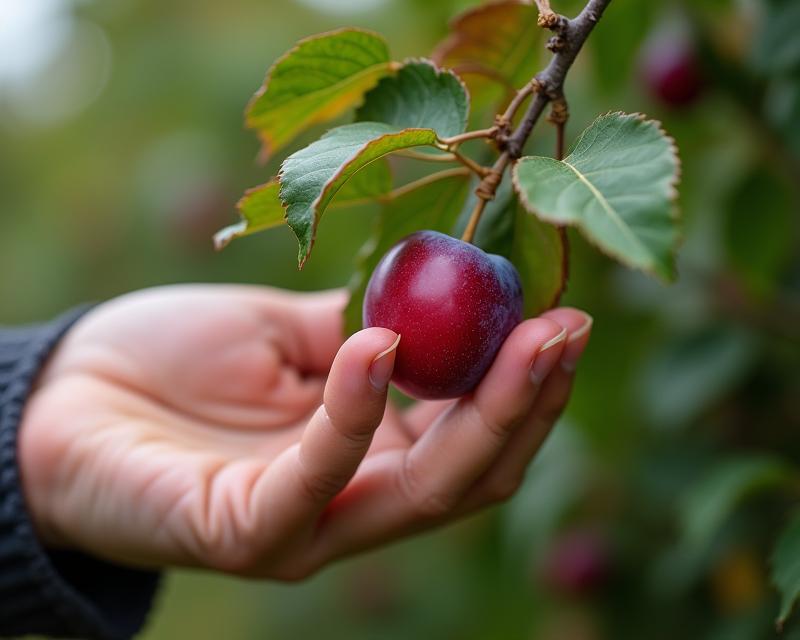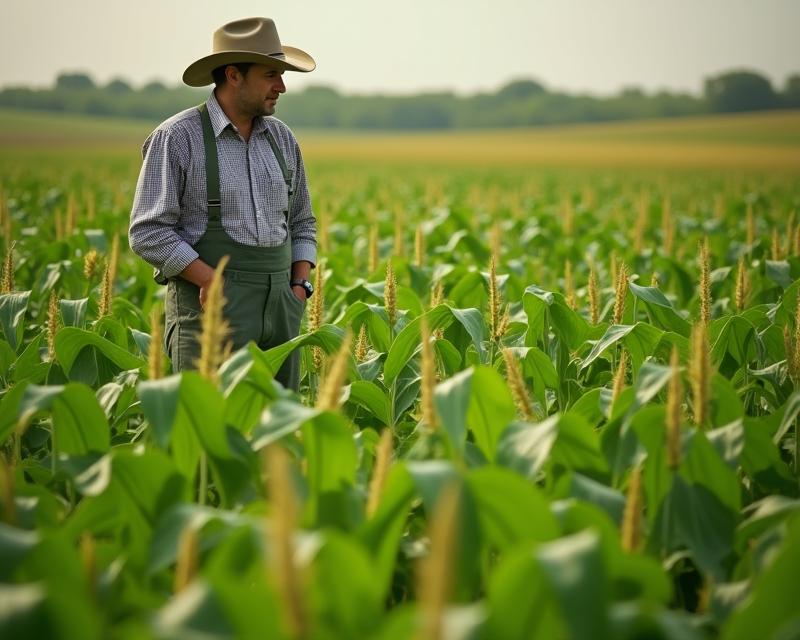Planting Success: Hardiness Zones Explained
Publish in Crops el 28/06/2025 22:20
Planting for Success: Understanding Hardiness Zones
One of the most crucial factors in successful gardening and farming is understanding your plant hardiness zone. This system, developed by the USDA (United States Department of Agriculture), categorizes regions based on their average minimum winter temperatures. Knowing your zone helps you choose plants that can survive the winter conditions in your area, leading to healthier, more productive crops. Ignoring hardiness zones can result in disappointment and wasted effort!

What are Plant Hardiness Zones?
The USDA hardiness zone map divides North America into 13 zones, each representing a 10°F range of average annual minimum winter temperatures. These zones are further subdivided into 'a' and 'b' sections, representing 5°F increments within each zone. You can easily find your zone by searching online using your zip code – many resources are available from local agricultural extension offices and online gardening websites. Understanding your zone isn't just about survival; it's about optimal growth and flowering.
Why are Hardiness Zones Important?
Choosing plants rated for your hardiness zone significantly increases their chances of survival. Plants rated for a warmer zone will struggle, or even die, in colder zones, while plants rated for colder zones may thrive in warmer areas. This isn't just about flowers; it applies to all crops, from vegetables and fruits to trees and shrubs. By selecting plants appropriate for your climate, you'll minimize the need for extra protection during harsh winters and maximize your harvest potential.
Using Hardiness Zones for Planting
When selecting seeds or plants, always check the hardiness zone information provided on the label or plant tag. Look for plants specifically rated for your zone or a zone lower than yours – this provides a buffer against occasional cold snaps. Consider microclimates on your property, too. A south-facing wall, for example, can create a warmer microclimate, allowing you to grow plants that are slightly less hardy than your zone suggests. With a little planning, you can cultivate a thriving garden or farm, perfectly suited to your local climate. Don't hesitate to consult with your local agricultural extension office for specific recommendations tailored to your region.





